On 5 Aug 2019 India stunned the world, and perhaps itself, with decisions regarding the constitutional exclusivity attached to the erstwhile state of Jammu & Kashmir (J&K). These were related to abrogation of Articles 370 and 35A of the Indian Constitution and the administrative division of J&K. To come to an analytical understanding of the decisions on the first anniversary, what has changed since then and which way the situation is likely to progress, a deep dive into J&K’s proxy hybrid war perpetrated by Pakistan over 30 years is necessary.
It needs to start with the basics and those point to the reasons why the constitutional exclusivity of J&K with Articles 370 and 35A in place, existed for so long. It may also be appropriate to state that there were occasions in the past when conditions existed for their abrogation. One among them was 1972 when a defeated and divided Pakistan was on its knees just prior to the Shimla Agreement of Jul 1972. It was not to be because India had set itself limited war objectives in 1971 and J&K somehow did not fit into these, being over shadowed by the triumph in the East. A situation with full political consensus on J&K again emerged in February 1994 even as India faced a manipulated Pakistan sponsored international ire over alleged human rights violations in J&K. Passing the Joint Resolution of the two houses of Parliament on 22 February 1994 to declare all territories of J&K as Indian, could have been followed by abrogation of the two articles. Five years (1989-94) of proxy war should have convinced India of the slow poison of separatism sponsored by Pakistan. This had reinforced the exploitation of the mindset that J&K was Muslim majority, thus distinctly different from India and deserved Azadi (Independence) with eventual integration with Pakistan; the latter being part of the Pakistani grand design.
As in 1972 India lacked confidence to face international ramifications. It felt satisfied with the kinetic option of attempting to militarily defeat Pakistan’s intent without major internal political initiatives beyond restoration of elections and mainstream politics. It was a flawed approach which failed to grab the opportunities so often presented by the Security Forces (SF) and continued only cosmetic political efforts which produced just short intervals of hope. The dynamic ups and downs continued till 2008 when a change of tack by the separatists and their masters, the deep state in Pakistan, adopted a mix of both terror and agitation. A paralysis of sorts resulted in the Indian political establishment. Clandestine official backing to the separatists also continued in the fond but misplaced hope of winning them over. By 2013 the situation started to take another dangerous turn with the rise of a new and young leadership, bold and brash with a decided ideologically radical bias. The clandestine well established over ground worker (OGW) networks which failed to be addressed by the security or political establishment despite special legal provisions in place cost India dearly. It is these networks which assisted bounce back each time the SF worsted the terrorists and their leadership.
Many claim that in 2014 the BJP came to power prepared to revoke the two Articles of the Constitution. No doubt it formed a part of its manifesto but it was the events of 2016 which convinced the political leadership about the urgency to follow up on that manifesto. A series of terror attacks conveyed that Pakistan aimed at upping the terror campaign even as a new militancy took shape. The Indian establishment’s targeting of the OGW networks commenced seriously for the first time in 2017 while Operation All Out focused on the terrorists, eliminating a large number. Pakistan tried regaining initiative with the Pulwama terror attack in February 2019 and only helped the Indian Government in its final decisions of 5 August 2019. The sense of exclusivity which gave the ‘idea of Azadi’ to the people and formed the centre of gravity of the entire proxy campaign received a jolt but should not be perceived to be over within just one year of the decisions.
Would it be fair to expect large scale transformational change in J&K within one year of the decision to abrogate the two constitutional provisions and conversion of the erstwhile state into two union territories? It is often argued that the decisions hurt J&K’s dignity as the people were not taken into confidence. The people of Jammu did not oppose it nor did a large number of people in Kashmir with pro India sentiments who were unsure of displaying their support. A 30 year proxy war can create a mix of sentiments; pro-India ones could rise only if there was strong expression of certainty from the establishment. There was also a need for boldness to correct those sentiments. A consultative process was unlikely to result in anything given the extant state of fractional politics.
One year into the process of attempting a comprehensive end to separatism should not be expected to reap full dividends. A change in sentiment has begun and will take further shape contingent upon the subsequent handling and the counter narratives in response from Pakistan. Understandably, after the 5 August 2019 decisions the remaining part of the year was spent in managing the fallout due to the expected turbulence, rather than adoption of recourse to rebuilding confidence. A severe winter took its toll and the Covid-19 pandemic hit thereafter. Reforms, however, were undertaken to the extent possible in the limited functional time and have begun to manifest results. Commerce and infrastructure sectors have found new energy.
The expected anti-corruption drive has been undertaken and will progressively take more effective shape with greater oversight and accountability exercised by the Centre and the new UT government. Taxation laws have been streamlined and the Lakhanpur toll has been abolished. Panchayats have received greater attention with more devolution of functions and funds. New laws of domicile have in no way opened floodgates for people from all over India to settle in J&K or own property. The new laws have largely found support due to setting right many of the existing laws in gender rights and rights of the weaker segments of society. This will correct the social deficit which existed all these years.
It is unfortunate that the pandemic has impacted the desired degree of efforts in direct outreach to the people, to communicate the advantages accruing to them from being a part of mainstream India. The initiative undertaken by the Centre in sending some of its prominent ministers for informal interaction with the public could not be further pursued due to the pandemic. It needs to be repeated many times over and reinforced by similar outreach by different segments of society from rest of India and from different domains such as academia, bureaucracy, industrialists and corporate heads, education counselors and medical professionals. If we wish to create positivity within Kashmiri society, we have to move beyond the Sadbhavna model that the Army has successfully followed for 23 years, and give it an ‘all of government’ and ‘all of people’ approach in outreach.
Prevention of resurgence of efforts by Pakistan and separatist capability means that the robust campaign to limit the numbers of foreign and local terrorists must remain on course. This year, over 150 terrorists have been neutralized. Only 26 could infiltrate from PoK in 2020 and the local recruitment is down by 40 percent. Even that limited recruitment has accrued no advantage to the adversaries since a very large number of them have either been killed or have surrendered.
While internal security and governance remains under full control since it lies within our domain, it is the external factors which pose a different challenge. By and large the issue of abrogation of the two constitutional provisions has been treated as an internal affair of India by the majority of the world. Even the Islamic world has been supportive of India’s stance. With progressive stability this stance of the international community will continue. It can potentially change only if internal turbulence and human rights start becoming issues all over again, manipulated or otherwise.
This is the reason why the government has had to move carefully in identified domains such as restoration of 4G mobile communication. An early full restoration of 4G was not possible nor expected. It would have been met squarely by Pakistan’s Inter Service Public Relations (ISPR) Wing with a splurge of information warfare in intent to create mayhem in J&K. Pakistan’s diplomatic efforts are also not flagging. This means that India’s efforts must project greater credibility with an early opening of J&K to travel by foreign visitors and a strong information campaign which must counter the Pakistani narratives.
Finally, it cannot be overlooked that J&K’s geostrategic location and India’s strongly stated intent of re-integrating Gilgit-Baltistan and PoK with the rest of J&K has worried both Pakistan and China whose collusive efforts to deter India’s intent are taking greater shape. Besides the threats being posed at the borders the collusion will include the prevention of India’s efforts to fully integrate even the existing territories of J&K under its control. Thus a bold political decision must be seen as work in progress and not in binary terms of having settled a long festering issue. Instead of triumphalism that some within the country indulge in, it is sensitive handling and unerring focus on the intent of full and final integration of J&K, that must receive attention. The challenges may have actually increased as does happen when difficult decisions are finally taken with good intent.
(The paper is the author’s individual scholastic articulation. The author certifies that the article/paper is original in content, unpublished and it has not been submitted for publication/web upload elsewhere, and that the facts and figures quoted are duly referenced, as needed, and are believed to be correct). (The paper does not necessarily represent the organisational stance... More >>
Image Source: https://iambuddha.net/wp-content/uploads/2019/08/05082019-1.jpg

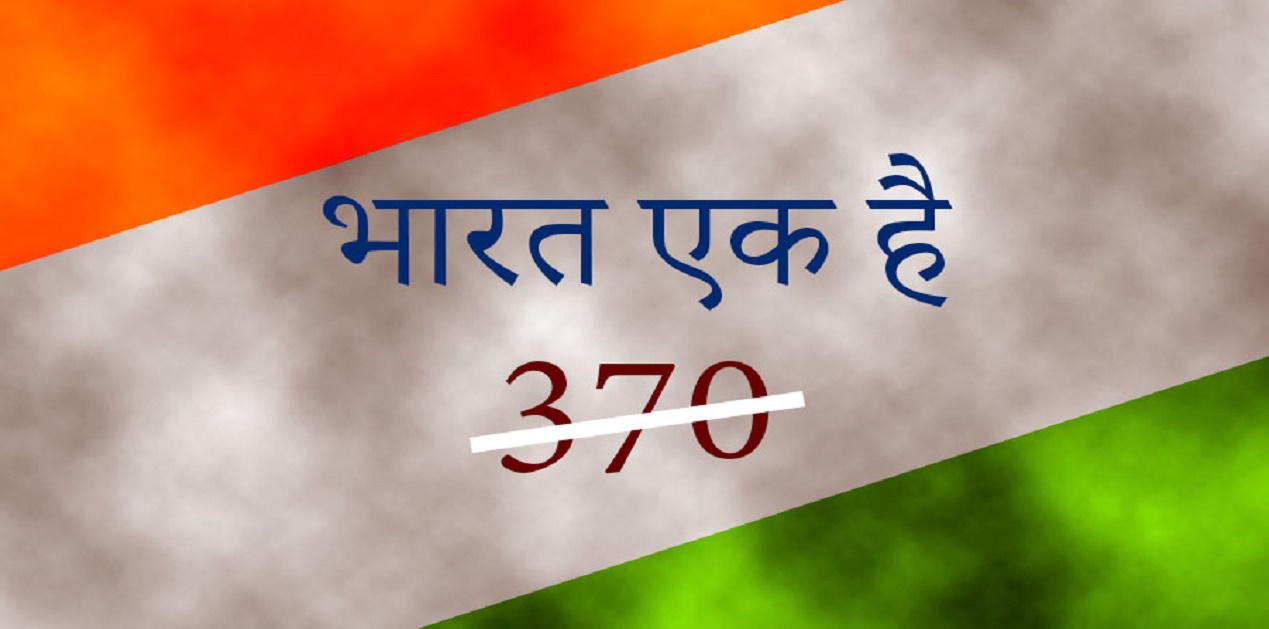
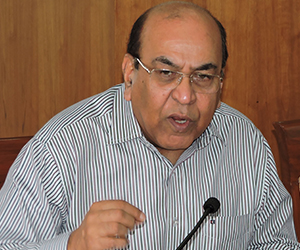

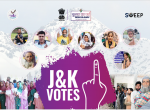

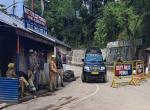
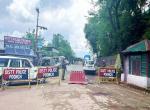

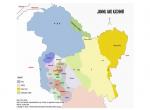
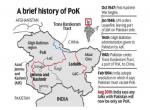
Post new comment